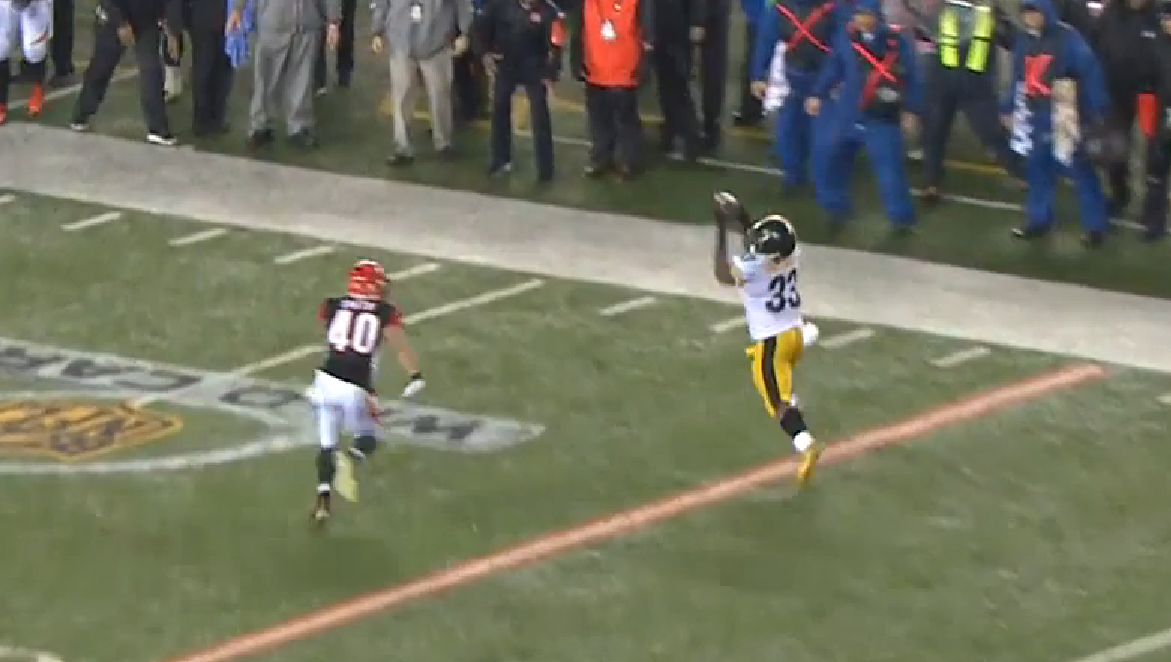The Pittsburgh Steelers have, by and large, been on an upward swing over the course of the past two and a half seasons after they missed the playoffs for two straight seasons, and failed to win a postseason game in four straight years.
Last season saw them gain that elusive playoff victory, though they came up short with about three minutes left in the Divisional round a week later. Their offense took off, and their defense improved, showing playmaking ability and opportunism.
But there are still a lot of unanswered questions facing the team as we crack into free agency territory. As an exercise, we like to take a stab at some of those questions, presenting arguments for the pros and cons of each side of the coin. This is the optimist’s take on the following question.
Question: How safe is running back Fitzgerald Toussaint’s roster spot as the third player on the depth chart?
When it comes to running back depth, you would like to think that it doesn’t really even matter who is third on the depth chart as long as the first two names on that list are Le’Veon Bell and DeAngelo Williams. That would ordinarily be true, but that is not how most of last season developed.
In fact, by the time the postseason rolled around, neither of those names topped the list, featuring instead the name Fitzgerald Toussaint, which was one that many did not know a great deal about. Toussaint spent time with the Ravens as a rookie in 2014 after going undrafted, and was added to the Steelers’ practice squad (a day after the initial practice squad was set up) after he failed to make their roster.
He spent most of the season on the practice squad before being called up during the team’s late bye week after Week 10, but was still inactive. After a couple of games, however, he was awarded the backup spot behind Williams, and was ultimately the player that the Steelers turned to when he, too, went down with an injury.
And he performed quite admirably for the most part outside of his crucial fumble, which is admittedly a significant caveat. His yards per carry also left much to be desired, but his actual game tape much less so.
As a relative unknown, the young back impressed with his hard running, and in particular his work in pass protection. He flashed receiving skills in the Steelers’ Wildcard victory as well, which is never a bad thing when you are working in this offense. Williams, a long-time veteran, set career-highs in receptions and receiving yards last year in just 10 starts in his first season in Pittsburgh.
Most importantly, the Steelers did not make a significant effort to replace him, and in fact allowed his likely main competitor, the man he passed on the depth chart, Jordan Todman, to walk in free agency for a minimum contract. They did not sign a free agent to replace him, nor did they draft one, but they did stockpile a small cadre of undrafted free agents, rookie or otherwise, as well as Reserve/Future players—none of whom have the in-game experience in Pittsburgh’s system that Toussaint already has.








